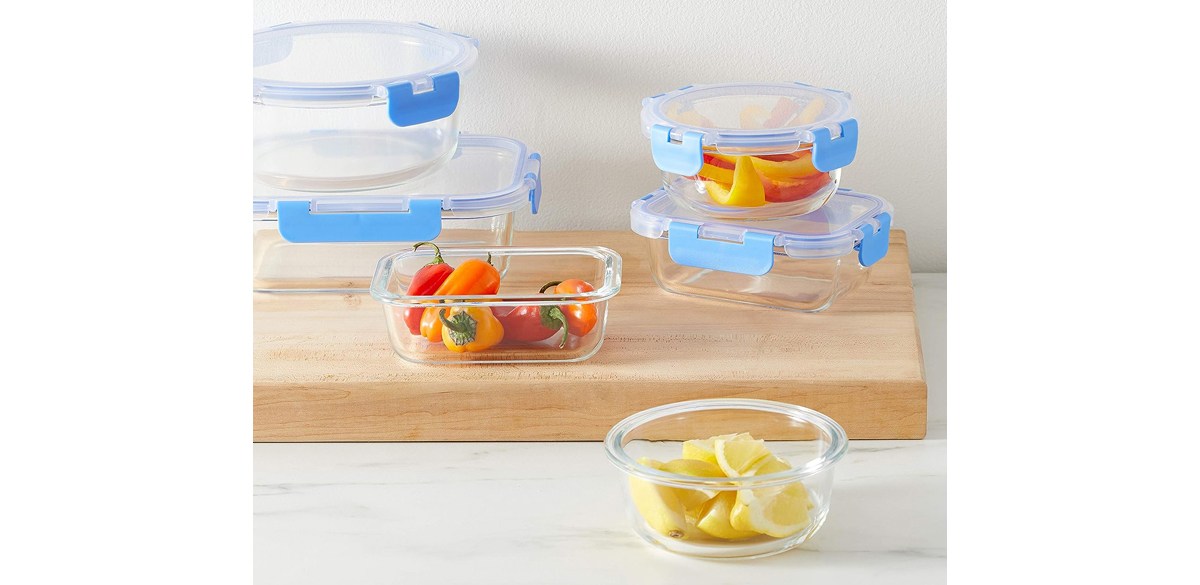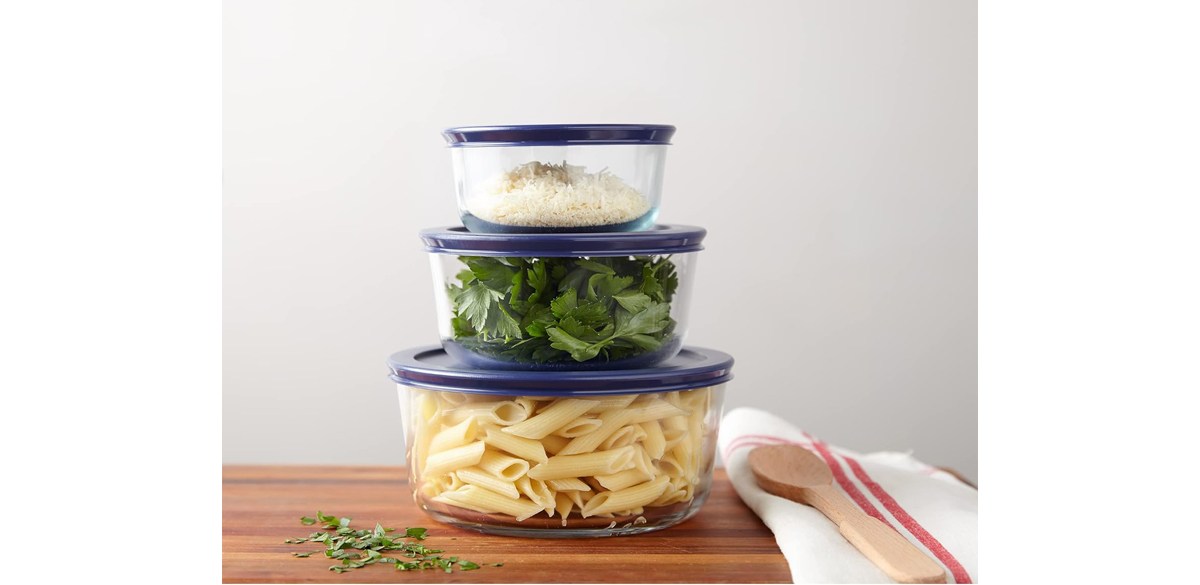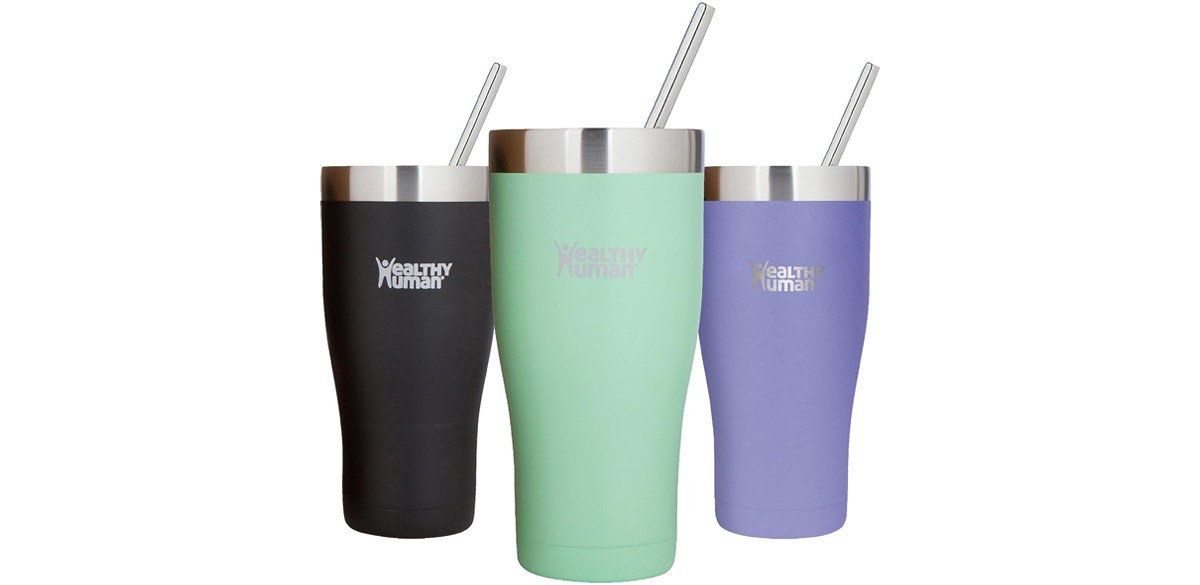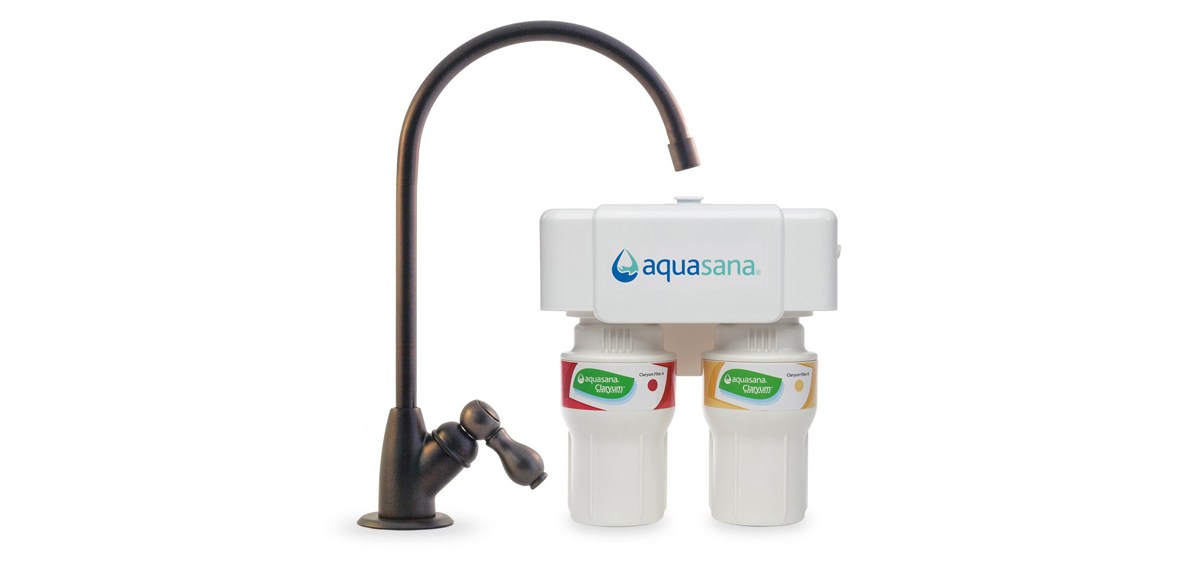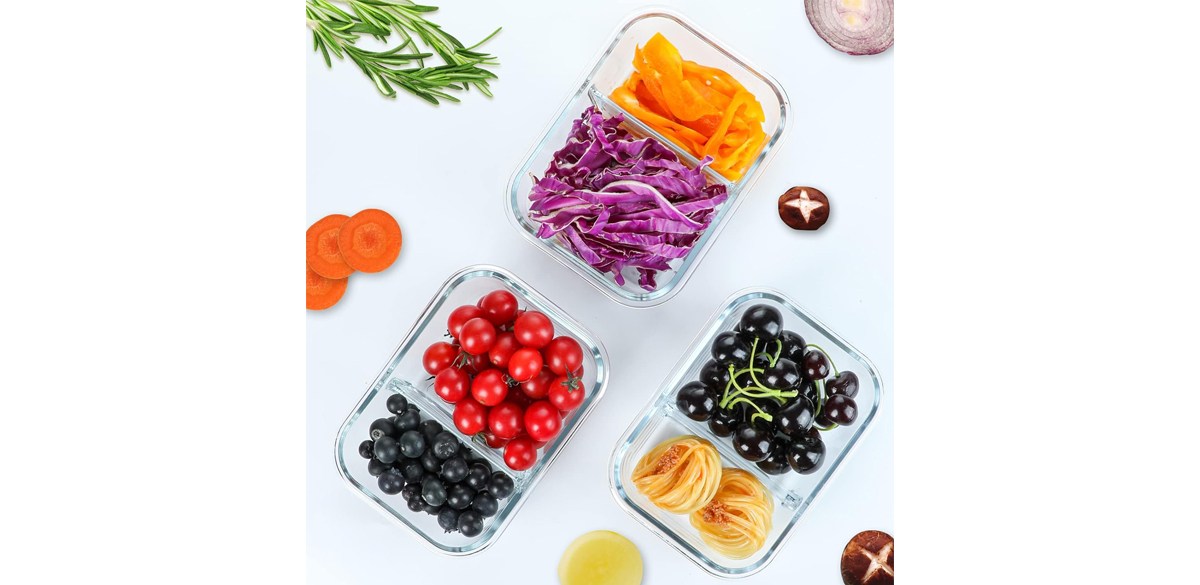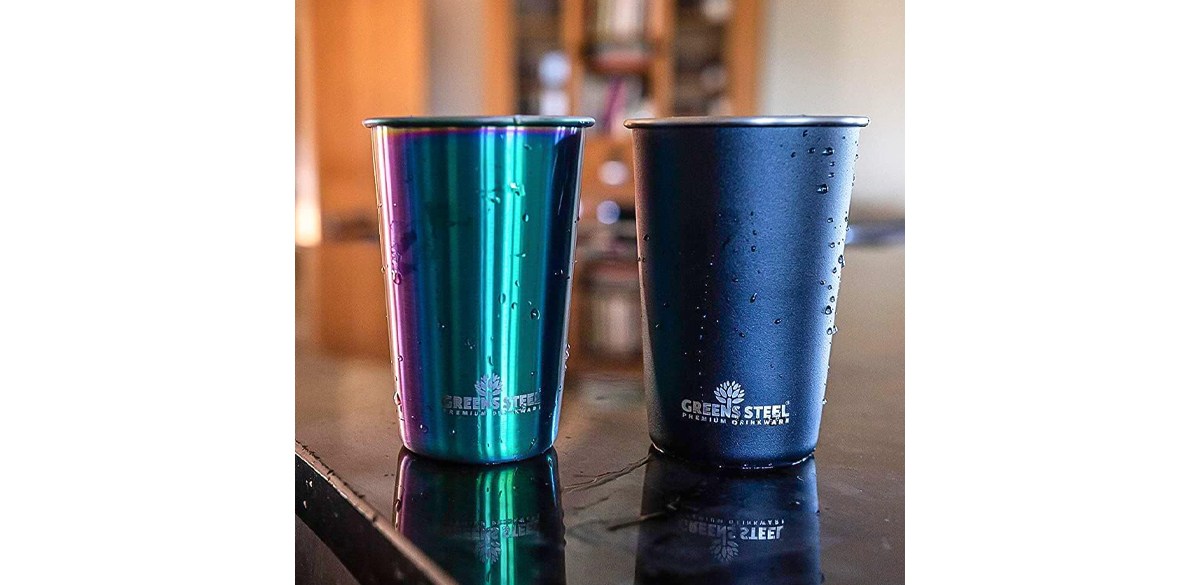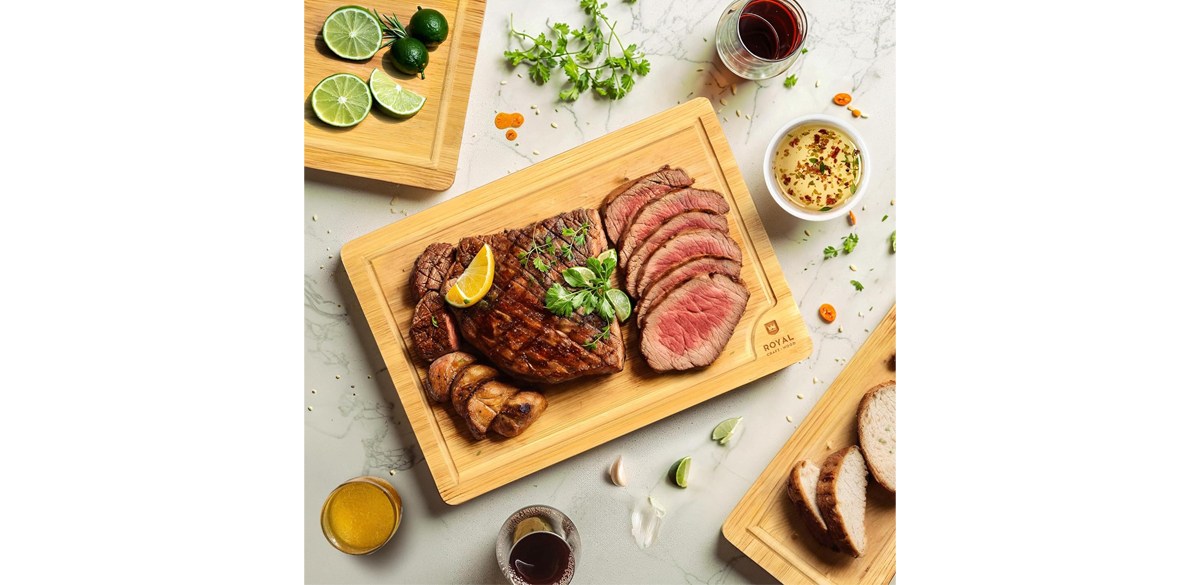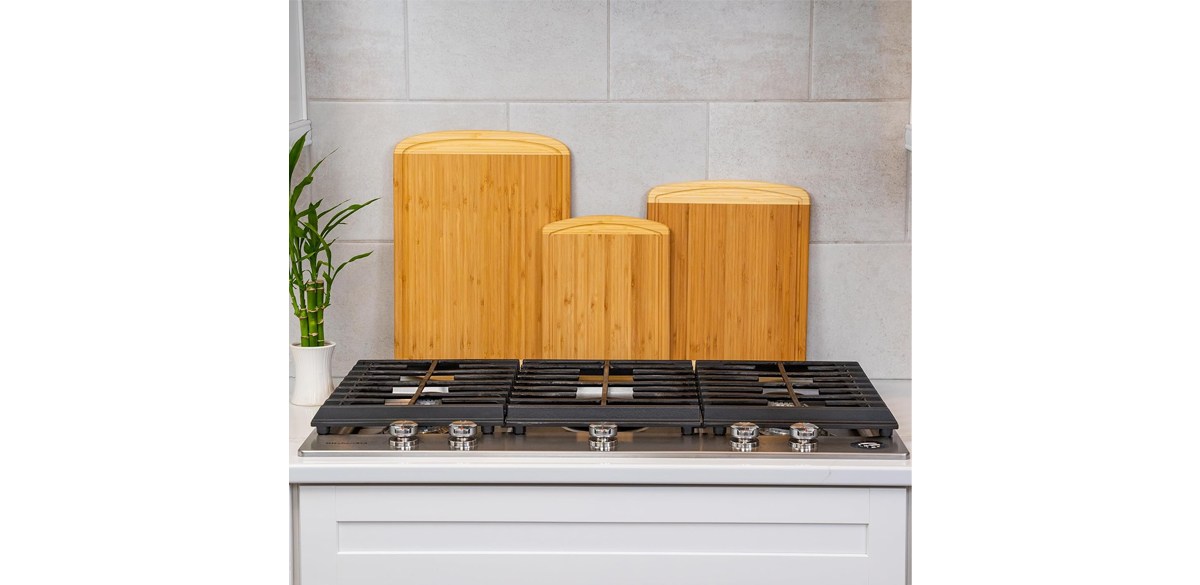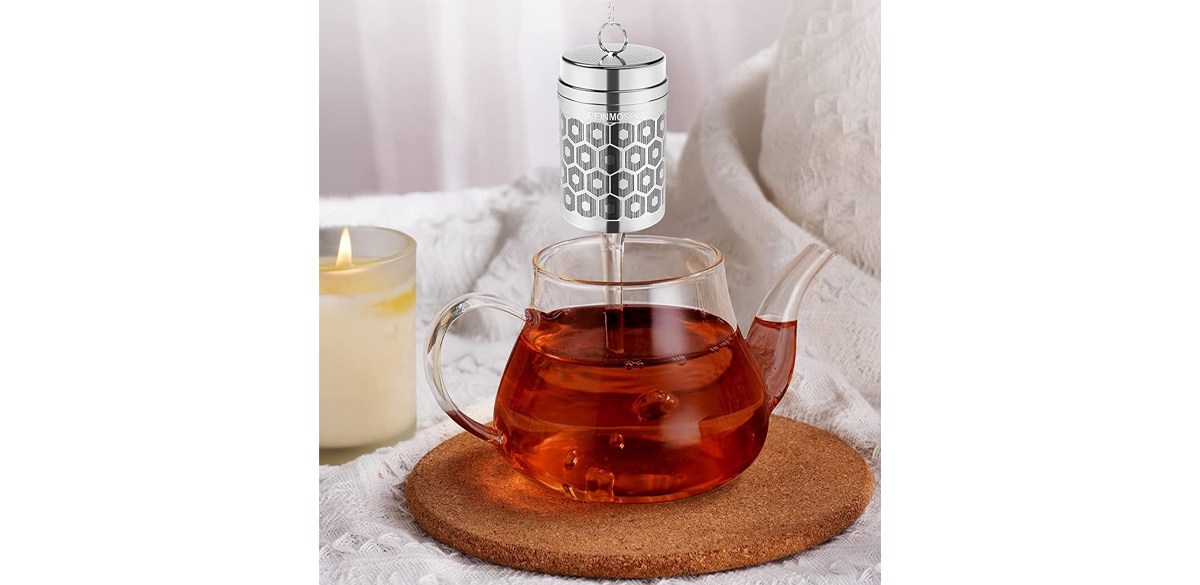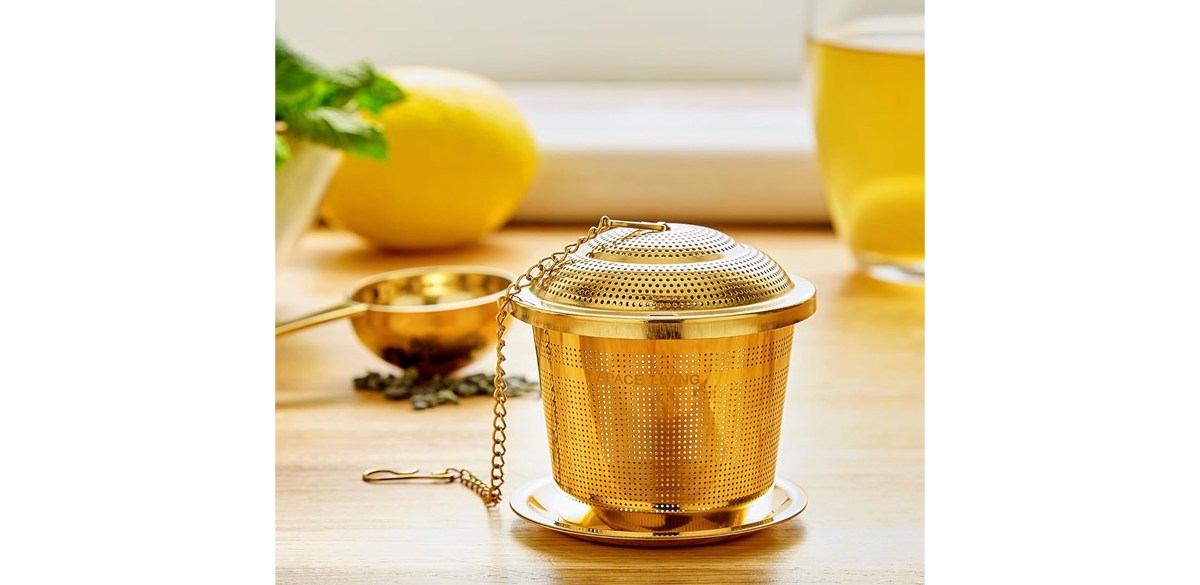These small changes can reduce your exposure to microplastics
Since the 1950s, humans have produced more than 8.3 billion tons of plastic — and most of it has ended up in dumps, landfills and the environment. If our production and consumption trends continue, scientists predict that the oceans could contain more plastic than fish as soon as 2050.
The problem is that plastic takes virtually forever to break down. Because it doesn’t really decompose, plastic waste just stays in the environment. It does break down into tiny particles that move through the environment: microplastics, which we end up consuming in our food, water and even the air.
Shop this article: Amazon Basics Glass Food Storage Container with BPA-Free Locking Lid – Set of 14 pieces, clear with blue silicone ring, Pyrex Simply Store 6-Pc Glass Food Storage Set with BPA-Free Lids, 7-Cup to 2-Cup Round Containers, Dishwasher, Microwave & Freezer Safe, Healthy Human Stainless Steel Tumbler with Straw & Lid
Because the chemicals in microplastics can be so harmful for humans, it’s worth taking steps to limit your exposure. It’s virtually impossible to eliminate microplastics from your life since they’re pretty much everywhere. But here are five simple steps you can take to cut down on microplastics and protect yourself and your family.
1. Don’t microwave food in plastic
While it’s convenient to heat up leftovers in the takeout container, plastic can leach into your food — and that happens much more easily when it’s heated up. It’s much safer to transfer your leftovers to a ceramic or glass container before microwaving them.
Amazon Basics Glass Food Storage Container with BPA-Free Locking Lid – Set of 14 pieces, clear with blue silicone ring
2. Drink filtered tap water
A 2018 study showed that bottled water has about twice as many microplastics as tap water. But if you’re (rightly) worried about things like lead and other contaminants in your tap water, you need a high-quality filter (and nonplastic containers to drink from).
Healthy Human Stainless Steel Tumbler with Straw & Lid
Aquasana 2-Stage Under Sink Water Filter System
3. Don’t reuse single-use plastics
Single-use plastics not only release microplastics into the food and beverages you consume, but they also contribute to the problem of so many microplastics in our environment in the first place. Try to cut them out of your life by replacing them with reusable alternatives.
Stainless Steel Cups 10oz Tumbler (4 Pack)
4. Use wood or bamboo cutting boards
Repeatedly cutting on a plastic cutting board can dislodge particles that adhere to your food and become a significant source of microplastics in your diet. Want a safer choice? Go with wood or bamboo. As an added bonus, they’re more sustainable materials all around.
ROYAL CRAFT WOOD Cutting Boards for Kitchen – Bamboo Cutting Board Set of 3
GREENER CHEF Organic Bamboo Cutting Board Set of 3 with Lifetime Replacements
5. Use loose-leaf tea instead of tea bags
Plastic tea bags release tons of microplastics into your drink when it’s brewed. Instead, go for loose-leaf tea and use a reusable tea infuser.
2 Pack Reinmoson Tea Strainers for Loose Tea
Tea Infuser (Set of 2) with Tea Scoop and Drip Dray
Prices listed reflect time and date of publication and are subject to change.
Check out our Daily Deals for the best products at the best prices and sign up here to receive the BestReviews weekly newsletter full of shopping inspo and sales.
Copyright 2024 BestReviews, a Nexstar company. All rights reserved.


